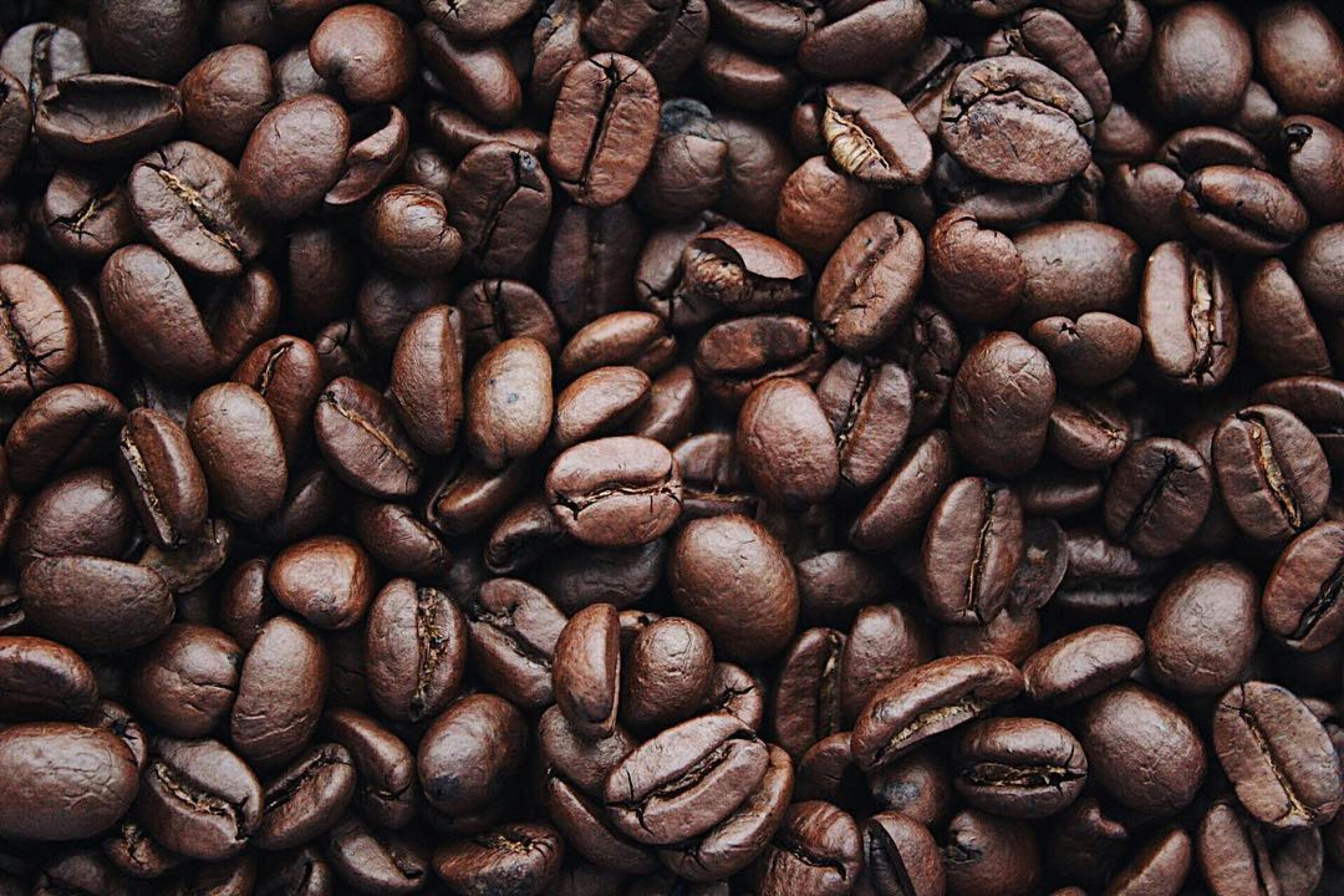The morning ritual of brewing coffee and the evening indulgence of chocolate may soon undergo their most radical transformation since humans first discovered these beloved treats. In sterile laboratories from Finland to California, scientists are growing actual coffee and cacao cells in giant steel tanks, while others are reconstructing these flavors molecule by molecule from date pits and sunflower seeds. This isn’t science fiction—it’s a multi-billion dollar race to save two industries worth hundreds of billions annually from collapse.
The stakes couldn’t be higher. By 2050, climate change threatens to render half of current coffee-growing land barren, while a third of the world’s cacao trees face extinction. Meanwhile, cocoa prices have nearly tripled in a single year, sending shockwaves through corporate boardrooms. Behind these statistics lies an even darker reality: 1.5 million children labor in West African cacao fields, while farmers who grow our daily pleasures earn just 6% of a chocolate bar’s retail price, trapping them in cycles of poverty that make sustainable farming impossible.
Enter the lab coat brigade, armed with bioreactors and molecular blueprints. Two distinct technological approaches are emerging to tackle this crisis, each with radically different philosophies and outcomes.
The first camp, the “cell cultivators,” are essentially plant farmers working at a microscopic scale. Companies like California Cultured and Switzerland’s Food Brewer take a small piece of a premium cacao plant—perhaps a rare variety from Ecuador—and coax its cells to multiply in nutrient-rich broths inside bioreactors. These aren’t creating something that tastes like chocolate; they’re growing actual chocolate cells, molecularly identical to what comes from a tree. The process is remarkably fast: what takes a cacao tree five years to produce can be harvested from a bioreactor in about a week.
The second approach, championed by companies like Atomo Coffee, takes a detective’s approach to flavor. Using sophisticated chemistry equipment, they’ve decoded coffee’s molecular fingerprint—identifying the exact compounds responsible for that morning aroma, the bitter bite, the creamy mouthfeel. Then, like culinary alchemists, they source these same molecules from unexpected places: roasted date seeds provide certain flavor notes, chicory root adds depth, sunflower extracts contribute texture. The result? “Beanless coffee” that can fool your taste buds, if not purists.
What’s particularly striking is who’s bankrolling this revolution. Japanese confectionery giant Meiji has locked in a 10-year partnership with California Cultured. Chocolate aristocrats Lindt & Sprüngli have invested in Food Brewer. Mondelēz International, owner of Cadbury and Toblerone, has backed Israeli startup Celleste Bio. These aren’t speculative bets by venture capitalists—they’re strategic moves by companies whose survival depends on securing stable cocoa supplies.
The products themselves present a fascinating paradox. Lab-grown chocolate is demonstrably purer than its farm-grown cousin, free from the heavy metals like lead and cadmium that plague conventional cacao. California Cultured can even dial up the concentration of heart-healthy flavanols, creating what amounts to designer chocolate. Yet something crucial is missing: terroir, that ineffable quality that makes Ethiopian coffee taste different from Colombian, that gives Madagascan chocolate its distinctive fruity notes.
Professional taste panels have delivered mixed verdicts. Finland’s VTT research center found their cell-cultured coffee matched conventional brews in bitterness and acidity but carried unexpected “smoky” and “burnt sugar” notes. The complex aromatic compounds that develop when coffee plants struggle against drought or defend against pests simply don’t emerge in the pampered environment of a bioreactor. It’s the difference between a greenhouse tomato and one grown in volcanic soil—technically identical, experientially different.
The path to your local supermarket is strewn with obstacles. Scaling from laboratory flasks to industrial production requires transitioning from expensive pharmaceutical-grade equipment to massive, cost-effective food-grade facilities. Atomo has already built a Seattle facility capable of producing four million pounds annually, with plans for a facility ten times larger. Food Brewer envisions 50,000-liter bioreactors—swimming pools of brewing chocolate.
Regulatory approval presents another hurdle, with a stark divide between American pragmatism and European caution. The FDA’s relatively streamlined process could approve these products within a year, while the EU’s labyrinthine Novel Food regulations might take five. This “regulatory arbitrage” means Americans will likely be sipping lab-grown lattes while Europeans are still filling out paperwork.
Perhaps the highest barrier is psychological. Surveys show that 72% of Canadians wouldn’t drink “lab-grown” coffee—a term companies desperately avoid, preferring “cultivated” or “craft-brewed.” The “ick factor” is real, rooted in deep-seated preferences for “natural” foods, even when those natural foods come laden with pesticides and produced through child labor.
The environmental promise is tantalizing. Atomo claims 93% lower carbon emissions and 94% less water usage than conventional coffee. But there’s a catch: bioreactors are energy-hungry beasts. Unless powered by renewable energy, the carbon footprint could rival conventional agriculture. It’s a reminder that technology alone doesn’t guarantee sustainability.
The most profound implications may be social. Millions of farmers across Africa, Asia, and Latin America depend on coffee and cacao for survival. While companies insist they’re supplementing, not replacing, traditional agriculture, the writing may be on the laboratory wall. The likely outcome? A bifurcated market where mass-market chocolate bars contain lab-grown ingredients for consistency and cost, while single-origin, farmer-grown varieties command luxury prices, their authenticity becoming their primary selling point.
We’re witnessing the birth of an industry that could be worth $786 billion by the early 2030s. Within a decade, your morning coffee might be a hybrid—half traditional beans, half lab-grown grounds—easing the psychological transition while companies perfect their processes. By 2035, analysts predict, precision fermentation could make protein production five to ten times cheaper than traditional agriculture, potentially triggering a cascade of disruption across the entire food system.
This isn’t just about coffee and chocolate. It’s about reimagining humanity’s relationship with food production, decoupling it from land, weather, and exploitation. It’s about whether we’re willing to trade terroir for sustainability, authenticity for ethics, tradition for innovation.
The future of our favorite indulgences is brewing in bioreactors and fermenting in flasks. Whether that future tastes as good as the past remains an open question—one that only time, technology, and our collective palate will answer.
Disclaimer: Important Legal and Regulatory Information
This report is for informational purposes only and should not be construed as financial, investment, legal, tax, or professional advice. The views expressed are purely analytical in nature and do not constitute financial guidance, investment recommendations, or a solicitation to buy, sell, or hold any financial instrument, including but not limited to commodities, securities, derivatives, or cryptocurrencies. No part of this publication should be relied upon for financial or investment decisions, and readers should consult a qualified financial advisor or regulated professional before making any decisions. Bretalon LTD is not authorized or regulated by the UK Financial Conduct Authority (FCA) or any other regulatory body and does not conduct activities requiring authorization under the Financial Services and Markets Act 2000 (FSMA), the FCA Handbook, or any equivalent legislation. We do not provide financial intermediation, investment services or portfolio management services. Any references to market conditions, asset performance, or financial trends are purely informational and nothing in this report should be interpreted as an offer, inducement, invitation, or recommendation to engage in any investment activity or transaction. Bretalon LTD and its affiliates accept no liability for any direct, indirect, incidental, consequential, or punitive damages arising from the use of, reliance on, or inability to use this report. No fiduciary duty, client-advisor relationship, or obligation is formed by accessing this publication, and the information herein is subject to change at any time without notice. External links and references included are for informational purposes only, and Bretalon LTD is not responsible for the content, accuracy, or availability of third-party sources. This report is the intellectual property of Bretalon LTD, and unauthorized reproduction, distribution, modification, resale, or commercial use is strictly prohibited. Limited personal, non-commercial use is permitted, but any unauthorized modifications or attributions are expressly forbidden. By accessing this report, you acknowledge and agree to these terms-if you do not accept them, you should disregard this publication in its entirety.



